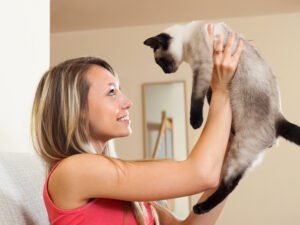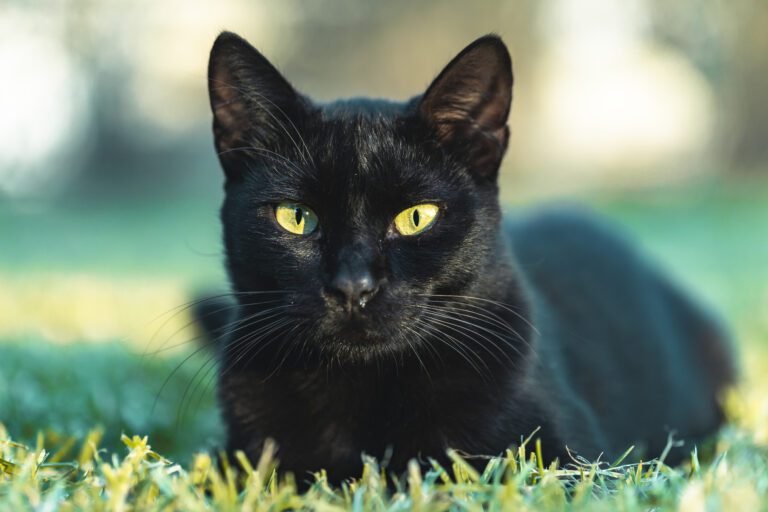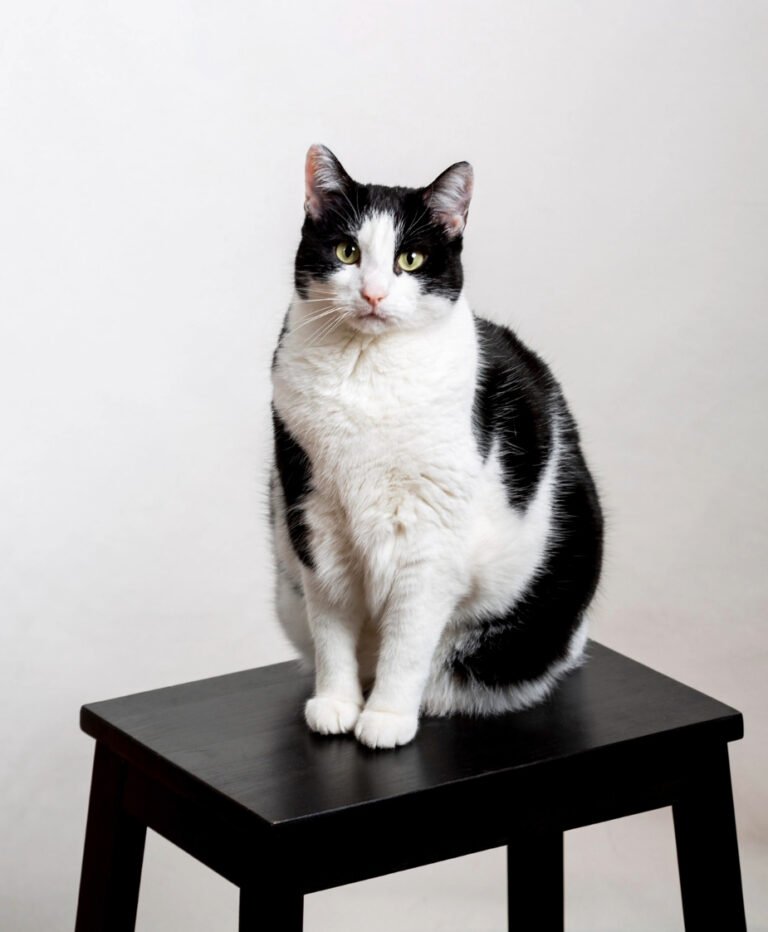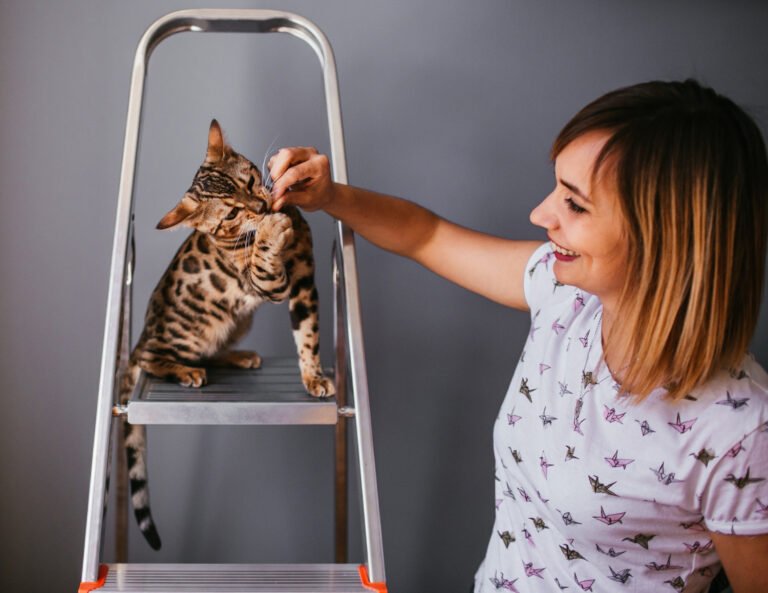As cat owners, we all want to give our feline friends the healthiest, happiest life possible—and that starts with nutrition. Cats have unique dietary needs that differ from other pets, and meeting these needs can be challenging. But with a few simple adjustments, you can help your cat thrive.
Understanding what and how to feed your cat can help prevent health issues, improve energy levels, and even support a longer life. Here’s a guide to some essential cat nutrition tips, so you can make informed choices and set up a healthy feeding routine at home.

1. Know the Basics of a Cat’s Diet
Cats are obligate carnivores, which means their bodies are designed to thrive on a diet primarily made up of animal protein. Unlike dogs or humans, cats rely on nutrients that come directly from meat. Animal proteins provide essential amino acids like taurine, which cats need for heart, eye, and immune health. Because of their specific dietary needs, cats can’t get everything they need from plant-based sources alone.
Action Tip: Look for foods with high animal protein content as the first ingredient, ideally followed by other essential nutrients like taurine and fatty acids. Avoid foods where carbohydrates (like corn or wheat) are listed as the primary ingredient, as these don’t offer much nutritional value for cats.

2. Choose High-Quality, Balanced Cat Food
Choosing the right commercial cat food can be confusing, especially with so many brands out there. However, there are a few criteria that can help narrow down your options. Cats need balanced food that meets their daily nutritional needs. While many high-quality brands meet these standards, it’s wise to research the ingredients list to ensure there aren’t excessive fillers or artificial additives.
Dry Food vs. Wet Food: Both dry and wet food have their advantages, and ideally, your cat should have a combination of the two. Wet food is high in moisture, which helps with hydration, while dry food can aid in dental health. Just be sure to select foods with minimal preservatives and artificial flavors.
Action Tip: Check for AAFCO (Association of American Feed Control Officials) certification on the label, which indicates the food meets basic nutritional standards. If possible, consult your veterinarian to select the best option based on your cat’s health, age, and weight.
3. Maintain Proper Portion Control
It can be easy to overfeed your cat, especially if they love begging for extra treats. However, maintaining a healthy weight is essential for long-term well-being. Obesity is one of the leading health issues among cats, and it can increase the risk of diseases like diabetes, arthritis, and heart conditions.
Action Tip: Work with your vet to determine the right portion size for your cat based on age, activity level, and body condition. Use a measuring cup for consistency and avoid free-feeding unless advised. Feed them at regular intervals to establish a routine.
4. Ensure Adequate Hydration
Cats often don’t drink as much water as they should, which can lead to chronic dehydration and increase the risk of urinary tract and kidney issues. While wild cats get most of their moisture from their prey, domesticated cats eating dry food may struggle to stay hydrated.
Action Tip: Offer fresh, clean water daily. Adding wet food to your cat’s diet can increase their water intake naturally. Additionally, some cats prefer moving water, so consider using a cat water fountain to encourage drinking.
5. Understand the Role of Supplements
Most commercial cat foods are formulated to be complete and balanced, meaning they contain all essential nutrients. However, certain cats with specific health conditions or dietary restrictions may benefit from added supplements. Common supplements include omega-3 fatty acids (for skin and coat health), probiotics (for digestion), and taurine (for heart health).
Action Tip: Before introducing any supplements, consult with your veterinarian to ensure they are necessary and safe for your cat. Over-supplementation can lead to health issues, so it’s best to get professional guidance.
6. Limit Treats and Snacks
Treats are a great way to bond with your cat, reward them, or even train them. However, treats should only make up a small portion of their daily caloric intake—no more than 10%. Too many treats can contribute to weight gain and unbalance their diet.
Action Tip: Choose high-quality, low-calorie treats and offer them sparingly. Look for treats with a single source of protein and minimal additives. Avoid giving human foods, especially those containing dairy, garlic, onion, or excessive salt, which can be harmful to cats.
7. Transition New Foods Gradually
If you’re considering switching your cat’s food, it’s important to do so gradually. Cats can be sensitive to sudden dietary changes, which can upset their stomach and lead to digestive issues. Gradual transitions help your cat adjust to the new food without adverse reactions.
Action Tip: Start by mixing a small amount of the new food with the current food and slowly increase the proportion over a week. This method also allows you to monitor your cat for any signs of intolerance or allergy to the new ingredients.
8. Recognize Signs of Food Allergies
Some cats may develop food allergies or intolerances, which can manifest as skin issues, digestive problems, or frequent scratching. Identifying and eliminating trigger foods can make a huge difference in your cat’s comfort and health.
Action Tip: If your cat shows signs of an allergy, such as vomiting, diarrhea, excessive licking, or itching, consult your vet. They may recommend an elimination diet to help identify the allergen and suggest hypoallergenic food options if needed.
9. Adjust Diet for Life Stages and Health Needs
Cats’ nutritional needs vary throughout their life stages, from kittenhood to senior years. Kittens require more calories and nutrients to support growth, while adult cats need a balanced diet to maintain health. Older cats, on the other hand, may need diets with added joint support or reduced calories to prevent obesity.
Action Tip: Look for food that’s formulated for your cat’s specific life stage, and adjust as they grow older. If your cat has any health conditions like kidney disease or diabetes, consult with your vet to ensure their diet is tailored to manage those needs.
10. Be Cautious with Homemade Diets
With an increasing interest in homemade and raw diets, many cat owners are exploring these options. While homemade diets allow control over ingredients, they require careful planning to meet all of a cat’s nutritional needs. Without proper balance, these diets can lead to nutritional deficiencies.
Action Tip: If you’re interested in a homemade diet, consult a veterinary nutritionist to ensure it’s balanced and safe. Homemade diets often require supplements to fill any nutritional gaps, and professional guidance is essential.






